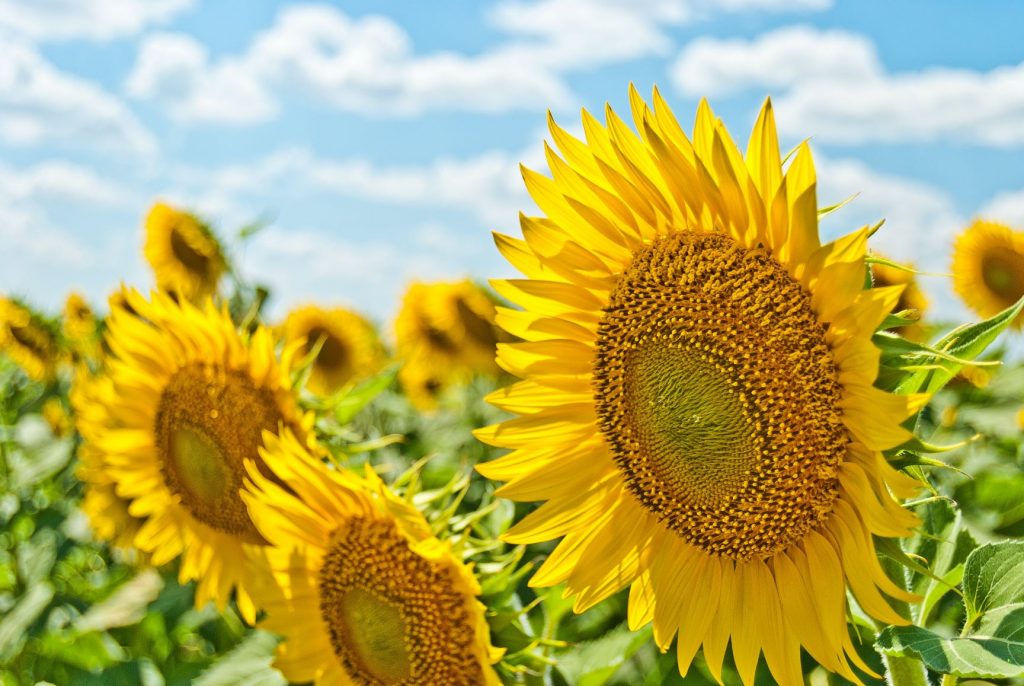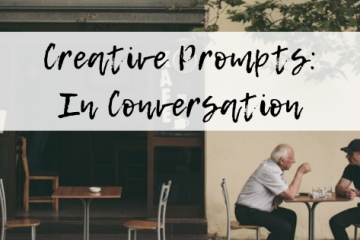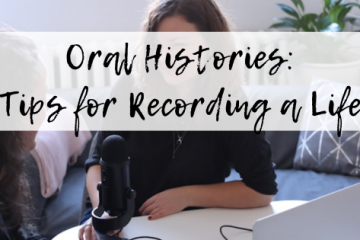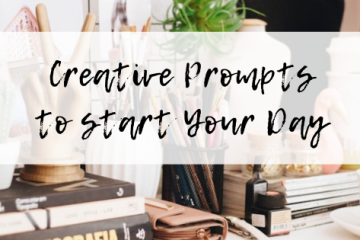
I recently read an interesting article about the way that constantly taking photographs “diminishes our ability to recall our experiences, diverts our attention, and takes us out of the moment” but that “at the same time, new research suggests that cameras can also be used to enhance our memories of certain experiences”.
I guess, for me at least, it’s balancing out the way searching for the perfect shareable image can take us out of being fully present in the moment we’re experiencing with the idea that a photograph may allow us to hone in on small details that we may not have remembered otherwise.
For example, I am currently writing about the time my daughter was in hospital following lifesaving open-heart surgery when she was just eighteen month’s old. I didn’t take a lot of photos at the time – it was in the days before I had an Instagram account for a start, and it was also a situation that was all-consuming, one where I had no option but to be truly present in the moment.
One of the things that has worried me about writing a memoir about this experiences is whether I’d be able to recall the texture of lived experience in enough detail to make it interesting for someone else to read. Turns out that, for me at least, part of the process is allowing enough time to return to the same scene again and again. Each time I do, another small detail or connection emerges.
Another aid, however, has been the few photographs I have of that time, which remind me of close-up, descriptive details I had forgotten, such as the colour of her dummy and the cot quilt, the way the various tubes snaked out of her body, and the teddy bear that accompanied her. Of course, images can’t tell me my emotional state or how I reacted in my body. And they don’t record my thoughts and conversations either.
And what about future generations, who become interested in our lives when it’s too late to ask us directly, as was the case after I finally wanted to know about my family history. Photographs can be such fabulous clues to past lives (although I wonder how this will work in the future, with the ever-increasing ability to edit, doctor and apply filters to images, not to mention that so many images are locked away on hard drives and phones).
With all that in mind, I hope that whether you are writing fiction, memoir or family history –whether you’re exploring some other form of artistic expression – you’ll find something that jump starts your creativity in these image-based creative prompts.
1. Leaping into Memory
Choose an event or period of time you wish to write about, preferably one that you know you have images of.
Without looking at the photographs, brainstorm or journal any memories you have of that event or time.
Now dig out the photographs, and spend time gazing over the details in the photo.
Since photographs rely on the visual, consider your other senses. What do you recall in terms of the sounds and smells? Did you taste or touch anything? And how did you feel, both at the time and now as you remember?
2. Leaping into Fiction
Select an interesting image of your choice (or pick one of the following photographs).



Describe the image in as much detail as possible.
Now, ask ten questions about the image – these should be questions that you cannot know the answer to.
Make up the answers to your questions.
Use your invented answer as the basis for a new character or story.
3. Leaping into the World Around You
Head outside – this could be your backyard, the streets in your neighbourhood or local park – or you could visit the location where you have set your story (fiction or non-fiction).
Sit, stand or walk. Be present. What do you see? Hear? Smell? Touch? Taste? Feel?
Note these down somewhere – in your journal, notebook or in the notes section on your phone.
Now take photographs. You might want to take some long shots of the landscape, but also take some close up shots, especially of those things you might not notice otherwise, such as the small flower that everyone else thinks of as a weed, the bark of a tree, a sign reminding you to physically distance from other passers by (perhaps faded and dirty after two years of being impacted by the weather).
4. Leaping into History
Choose someone from the past, such as an ancestor, who fascinates you.
If you knew them, what do you remember about them? What have others told you about them?
Take out any photographs you have of them. Describe what you see – any little details matter. What are they wearing? What are their physical surroundings (and yes this may end up being a photography studio)? What other objects are there? Who else is in the photo?
If it is possible, visit a place you know your ancestor lived or visited. If you do, undertake the ‘Leaping into the World Around You’ prompt. Consider, however, what may have changed between the time of your ancestor and the present day.
Also, look online for historical images of this location – it’s amazing what can be found through a simple google or Pinterest search. Facebook groups dedicated to a specific location and online newspaper databases such as Trove can also uncover some fabulous images. Even street view on Google Maps can offer an image of somewhere someone once lived or visited.
For example, when searching for details about my great grandfather who’d been a gold prospector around Kanowna in Western Australia, I found an image on the State Library of Western Australia’s website of another old timer outside his tin shack. While this man wasn’t my ancestor, it is likely that the living conditions and surrounds were similar, so I was able to incorporate this description into my writing.
Any and all of the details from the above sources can be used to add to the texture of lived experience in your portrait or story of the past.
Write the story of an ancestor or other individual, incorporating any additional details you were able to uncover thanks to the images you found.
5. Leaping into Fiction (again)
Select three random images that fascinate you (or choose the three accompanying this prompt). These could be from a newspaper or magazine, online, or from your own collection.
Brainstorm possible (invented) connections between the three image.
Write a story based on one or more of these connections.



Over to You
Which prompt will you try out first? Will it be fiction or non-fiction, the past, present – or even the future?
I’d love to hear from you – let me know me what you’ve created!



